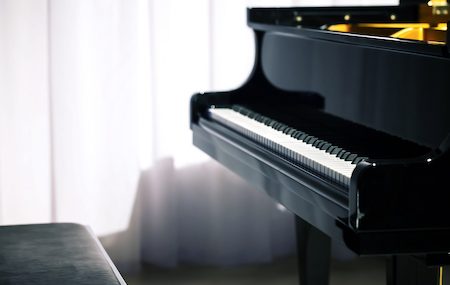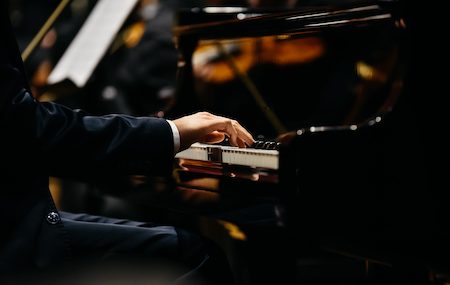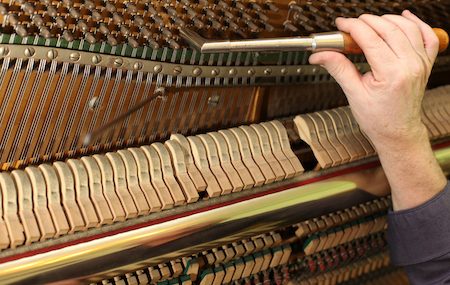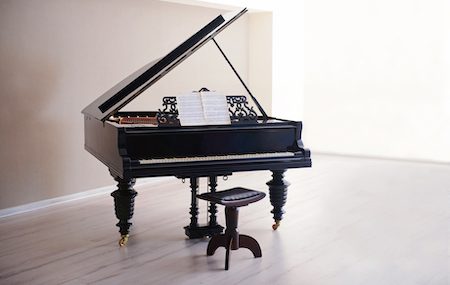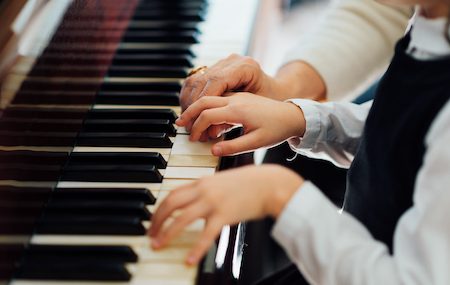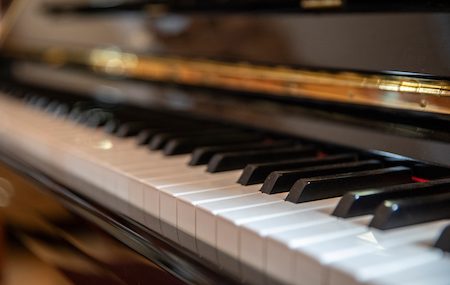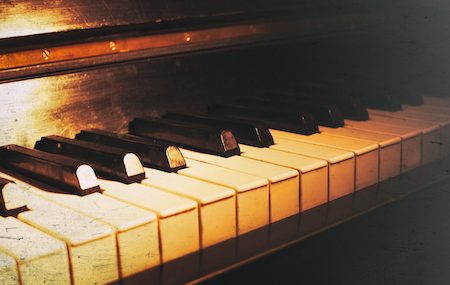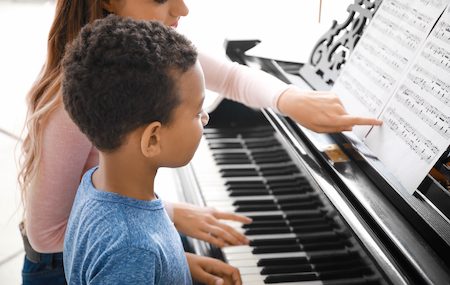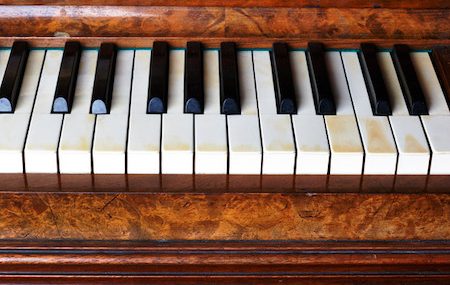One of the greatest gifts you can give your child, or even yourself, is the gift of music. Unlike a lot of hobbies, music brings benefits for a lifetime. Sit down as a child, and it can help improve test scores, and make you better at linguistics. Play regularly as an adult, and it offers enhanced cognitive skills and stress relief.
When you put it like that, it’s easy to see that an investment in a new piano could quite literally change your life.
Still, new pianos can be expensive. It might come as sticker shock the first time you take in the price tag. That can make you scramble for something cheaper … and leave you with an instrument that is subpar at best.
Pianos are a long term investment. To avoid common mistakes when selecting a new piano, keep these tips in mind.
Know your budget
Part of setting a budget is understanding the true value of what you’re investing in. If you see a free piano on Craigslist, you might be tempted to lower your budget considerably. Think again. When people resort to giving away a piano on Craigslist, it’s often because it has sat untouched for years (or decades.) The piano is out of tune. It’s lost its tonal quality. It won’t sound right if you play it. And it will take a lot of money to bring it back up to working condition. Don’t be intimidated by stopping in and browsing our showroom floor. There are many upright and grand piano options. We can help you define your budget more clearly, and take home a piano that truly suits your needs.
Pay attention to quality
What’s wrong with a piano that’s slightly out of tune? We often compare it to playing soccer with a “slightly” flat ball. If the instrument you are playing doesn’t sound right, the music produced won’t sound right to your ears. That decreases your desire to want to keep playing, and reduces the chance that you’ll continue on with lessons. No matter what your budget is, there are instruments that can give you years of enjoyment. Pay attention to the brand name. Touch the keys and make sure each produces sound. Listen to the sound it makes – is it enjoyable to your ears? Even without formal training, you’ll be surprised at how much you can hear simply by touching the keys and listening carefully.
Consider your needs and options
There are many different types, styles, and options when it comes to selecting your new piano. Don’t overlook used pianos – we carry a full selection of used pianos that can give you a high quality piano at a lower cost. You may also wish to consider digital, which can give you ease of use when it comes to transferring your music to your computer. Or plug in a pair of headphones, and you can play no matter what else is happening in the room.
Piano dealers have more to offer
With so many different ways of finding a piano, why should you consider visiting a piano dealer? You’ll be missing out on the knowledge they’ve built up for years. They can help you get answers to questions you didn’t even know you had. They can give you financing options, offer warranties, even help you buy a starter with the option to move up to higher quality as your skills grow. If you have specific desires, they can help find the right piano to suit your needs. That’s something you’ll never see from a free listing on Craigslist.
Have you been looking in the wrong places for a new piano? Avoid making the most common mistakes people make when shopping for a new piano, and you’ll invest in an instrument that brings you years of joy and playability.
How can we help you find the perfect piano to suit your needs?
